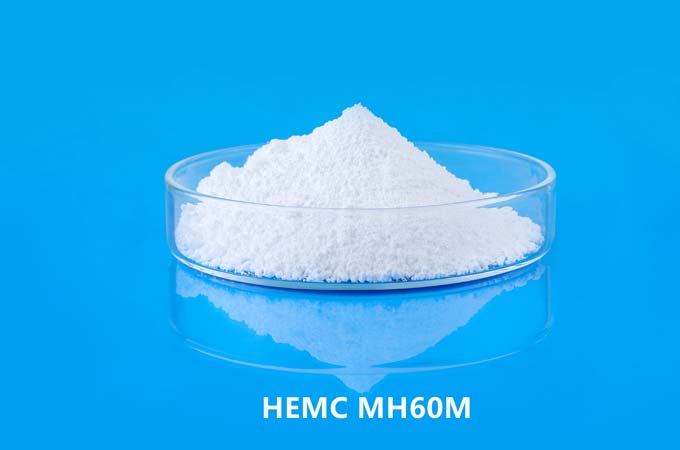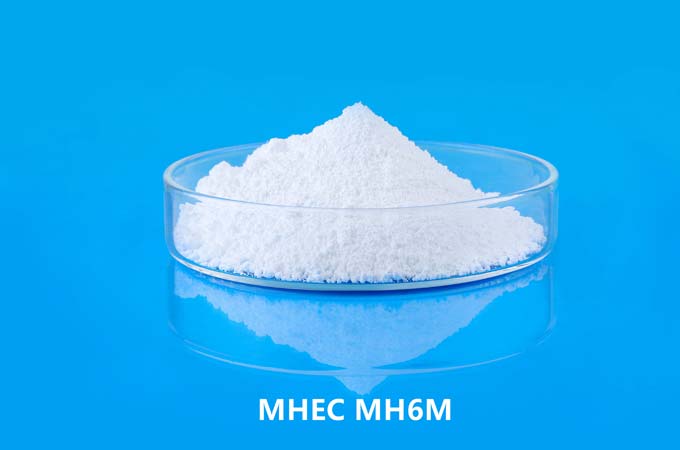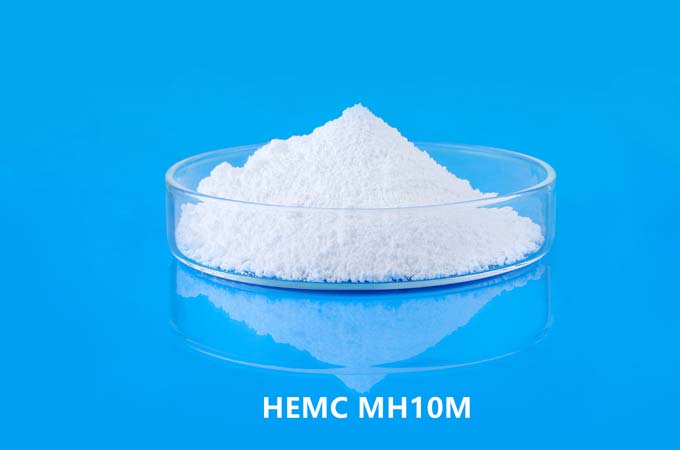Hydroxypropyl methylcellulose (HPMC) is a widely used compound in various industries, including pharmaceuticals, food, and cosmetics. It serves several purposes, primarily as a thickening agent, stabilizer, and emulsifier. However, discussions about its impact on health have sparked debates, with opinions ranging from its safety to potential risks.
What is Hydroxypropyl Methylcellulose?
Hydroxypropyl methylcellulose is a derivative of cellulose, a naturally occurring polysaccharide found in plants. Through chemical modification, hydroxypropyl and methyl groups are introduced into the cellulose structure, enhancing its properties for various applications. This modification results in a compound that is soluble in both cold and hot water, making it suitable for a wide range of uses.
Applications of Hydroxypropyl Methylcellulose:
Pharmaceuticals: In pharmaceutical formulations, HPMC serves as a binder, film-former, and controlled-release agent in tablet and capsule formulations. It ensures the proper disintegration and dissolution of medications, contributing to their efficacy and bioavailability.
Food Industry: Hydroxypropyl methylcellulose is commonly used in the food industry as a thickener, stabilizer, and emulsifier. It improves texture, prevents syneresis (the release of liquid), and enhances the shelf life of various food products, including sauces, dressings, and baked goods.
Construction: In construction materials such as cement-based products, HPMC acts as a water-retaining agent and improves workability. It enhances adhesion, reduces cracking, and improves the overall performance of cementitious materials.
Cosmetics: In cosmetics and personal care products, hydroxypropyl methylcellulose is utilized as a thickening agent in creams, lotions, and shampoos. It provides viscosity control and enhances the stability of emulsions, ensuring the proper texture and consistency of the products.
Benefits of Hydroxypropyl Methylcellulose:
Biocompatibility: HPMC, HPMC K4M, is considered biocompatible and generally safe for use in pharmaceuticals and cosmetics. It is inert and non-toxic, with low potential for irritation or allergic reactions, making it suitable for sensitive individuals.
Improved Formulation Properties: In pharmaceutical formulations, hydroxypropyl methylcellulose offers several advantages, including improved drug release profiles, enhanced stability, and reduced variability in drug absorption. These properties contribute to the overall efficacy and safety of medications.
Texture Enhancement: In food products, HPMC hydroxypropyl methylcellulose improves texture and mouthfeel, providing a smooth and creamy consistency without altering the flavor profile. It also helps prevent syneresis, maintaining the desired texture over time.
Versatility: The versatility of hydroxypropyl methylcellulose allows it to be used in a wide range of applications across various industries. Its ability to modify rheological properties makes it indispensable in formulating products with specific texture and performance requirements.
Risks and Considerations:
While hydroxypropyl methylcellulose is generally regarded as safe for use, certain considerations should be taken into account:
Digestive Health: In some individuals, high intake of hydroxypropyl methylcellulose may cause gastrointestinal discomfort, including bloating, gas, and diarrhea. This is primarily due to its ability to absorb water and increase stool bulk, which may affect individuals with sensitive digestive systems.
Interaction with Medications: In pharmaceutical formulations, hydroxypropyl methylcellulose may interact with certain medications, affecting their absorption or efficacy. It is essential to consider potential drug interactions and consult healthcare professionals when formulating medications containing HPMC.
Source and Purity: The source and purity of hydroxypropyl methylcellulose can vary among manufacturers. It is crucial to ensure that the HPMC used in pharmaceuticals, food, and other applications meets quality standards and regulatory requirements to guarantee safety and efficacy.
Allergic Reactions: While rare, allergic reactions to hydroxypropyl methylcellulose may occur in sensitive individuals. Symptoms may include skin irritation, itching, or respiratory issues. Individuals with known allergies to cellulose or related compounds should exercise caution when using products containing HPMC.
Hydroxypropyl methylcellulose is a versatile compound with numerous applications in pharmaceuticals, food, cosmetics, and construction. Its biocompatibility, texture-enhancing properties, and versatility make it a valuable ingredient in various products. While generally regarded as safe, it is essential to consider potential risks and interactions associated with HPMC and ensure proper quality control in its production and use. By understanding the benefits, risks, and considerations of hydroxypropyl methylcellulose, we can make informed decisions regarding its utilization in different industries while prioritizing safety and efficacy.
 English
English 日本語
日本語 français
français Deutsch
Deutsch Español
Español italiano
italiano русский
русский português
português العربية
العربية Türkçe
Türkçe Nederland
Nederland



